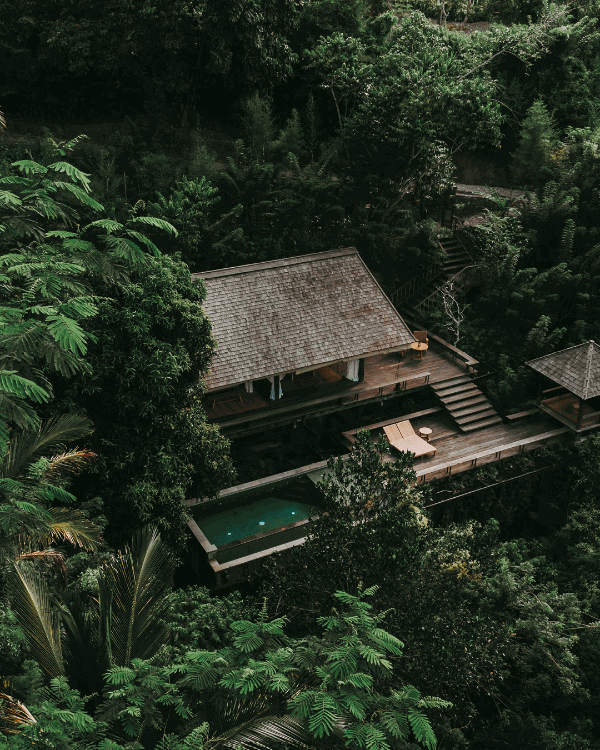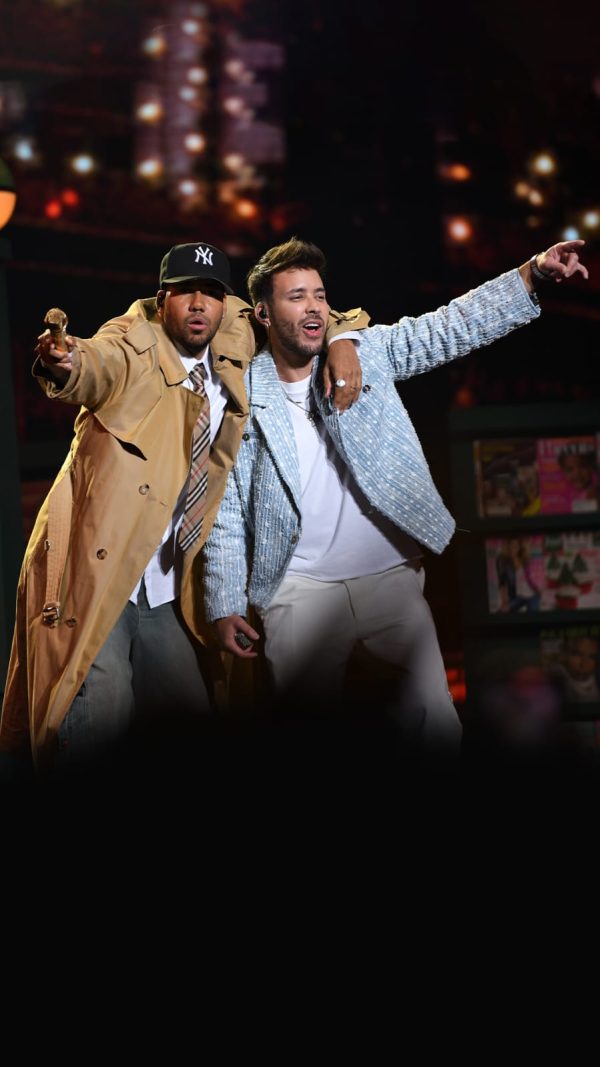Whether it is because of much-needed social uprisings or global health threats, dealing with the current state of our world can be a challenge on its own. In this trying times, it’s easy to feel discouraged but artists like Marcus Aitken provide a form of escapism.
With his vigorous brushstrokes and elaborate colours and patterns, Aitken’s artworks emanate a sense of calm. As described on his website, his paintings are a series of process led works. He uses a combination of distressing, blending, and layering to build a multidimensional surface, which adds a sense of depth and drama to the work.
Named by Saatchi Art as one of the “Top 20 Artists to Watch in 2020,” Aitken’s background is jewellery design. Now, the South-London based artist has evolved his practice through mixed media, sculpture, and jewellery design, bringing his experiences from previous practices to enrich his new works. The results are vibrant, energetic paintings with exciting sculptural elements. To get to know the inner workings Aitken’s studio, Schön! caught up with the artist to talk about his favourite art movements, the definition of beauty, and creating works he is proud of.
You seem to have an incredibly unique process of creating your art. Can you give us a rundown of your creative process?
I think every artist has a very personal connection with their technique. For me, it’s something that keeps evolving and I think it will continue to do so. Something that is ever-present in my process is the way I approach my painting, which is that it’s very impulsive and intuitive. I will always have some sort of plan of what I visualise my painting to become, but this never comes out as I expect as each brush mark dictates the next. The idea grows as each stage of my work expands.
Was there a specific moment in which you decided to fully commit to being an artist? Was that decision hard or natural?
From a young age, I’ve always expressed the desire to create. The decision to be an artist, for me, was an easy one – I must be an artist. It is a complete addiction. Of course, with any creative career, life does get in the way of sustaining a living from your real passion, I suppose its really in the last year or so, that I’ve been able to see that I can actually make a living from this, which was such a light bulb moment and filled me with excitement. Every day I feel so much gratitude that I can do what makes me happy and that people like it. Having said this, even if people didn’t like my work, I would still be doing it, so any kind words said about my work is all a bonus to me.
Is there a past art movement that you consider to be the most significant to your work?
I suppose the obvious one for me is Abstract expressionism as I can relate to the artists’ technique and thought process the most.

artwork. Circulation
100 x100cm, acrylic and ink on canvas
opposite
artwork. Cissy Strut
100 x100cm, mixed media on canvas
Where do you find inspiration and what keeps you inspired? Especially given that this is a trying time for all artists and creators alike.
I think inspiration and influence are pretty hard to pinpoint these days, as humans are like sponges, we soak up everything around us, especially when we have a 24-hour resource in the palm of our hands. More than anything, I think the pure act of creating is what keeps me inspired more than anything. As well as my own practice, its other artists that I follow that keep me inspired – there are so many great people doing great things out there, it can be daunting at times, but always educational.
How do you define beauty?
Beauty is whatever you want it to be.
When did you discover painting and how has your relationship with your art changed over the years?
When I was a young kid, I used to spend my summer holidays painting my friends portraits, which is where my love for painting started I guess. In my final year of university, I was creating large-scale sculptures and installations, which then informed my jewellery company once I had left education. I quickly realised that what I loved most about this was the creation phase, not the marketing and presswork that made up most of my time with jewellery. I made the decision to focus all of my energy into the element I enjoyed most and I felt that painting had always allowed me complete freedom without bounds in my creative pursuits, so this is where I focused. I would not say I’m now strictly a painter, as I will always let my materials dictate what medium each project is best suited to. I have recently started exploring clay and trying to recreate the energy I display in my paintings into a series of wall-mounted sculptures.
Congratulations on being appointed as one of the top 20 artists to watch by the Saatchi gallery. Do titles like this make you feel any pressure?
No, the opposite, actually. When I found out that I was to be included on this list it empowered my practice and gave me a boost of confidence in securing my position as an artist. It has given me great exposure being included in this list and I’m so grateful for the opportunities that have come from it.
What do you hope to achieve within the next decade? Or are you not the type to set out specific goals?
I’m definitely the type to set goals, but I tend not to think too far into the future, as they say, “make plans and God laughs“, I’m not religious in any way but I really connect to this saying. Nothing is set and anything can happen, or not happen – Look at what’s happening right now with COVID-19, it’s put the world on hold and caused so much difficulty and uncertainty for so many. I think the art world for one, will be a hugely different landscape coming out of this. My main goals for the next decade is to keep making work that I’m proud of, to keep connecting with great people — as ultimately this is what will build your career as a creative — and enjoy the experience as a go along rather being too fixed on a particular outcome.

If you were given the chance, what would you change about the art industry?
The industry can seem quite serious at times, which makes it feel like a bit of a joke, so I think it’s important to find humour and lightness in that wherever possible. One of my favourite artists, Paul McCarthy, portrays the art industry in his 1995 video piece “The Painter”. Essentially, he takes the piss out of the industry at the time, which, interestingly, is not too different from how it is now. Another interesting view into the art world more recently is “The Price of Everything” documentary – I recommend everyone watch this, artist or not. What I’d really like to change overall is to make art more accessible to all. Art, I feel, is essential and there are so many people who don’t have the opportunity to experience art or engage with many other creative art forms. Galleries should be free, and I think Art should be an ever-present and important part of the curriculum in schools.
How do you want people to feel when they look at your work? Do you look to evoke any emotion in particular?
I purposely do not tend to tell people what my work means to me as I want my audience to take away their own thoughts and feelings. I really want my work to be seen as an individual’s experience and not one that I have told them to experience, whether they feel love, or hate for my work is what its all about at the end of the day, as long as they feel something, I’ve done my job. I guess for any artist, the one emotion you don’t really want to have your work linked to is apathy.
What is the greatest piece of advice you have ever received?
Do what you love and work really, really hard at it.
What are you most looking forward to now?
Coming out of lockdown, seeing friends, playing with my band, and going to see other people’s art in the flesh.
This Schön! online exclusive has been produced by
photography. Kevon Hy
talent. Marcus Aitken
words. Ashley Morris


Schön! Magazine is now available in print at Amazon,
as ebook download + on any mobile device

































































































